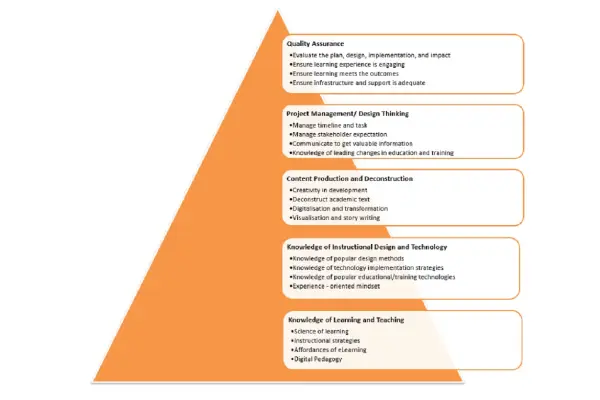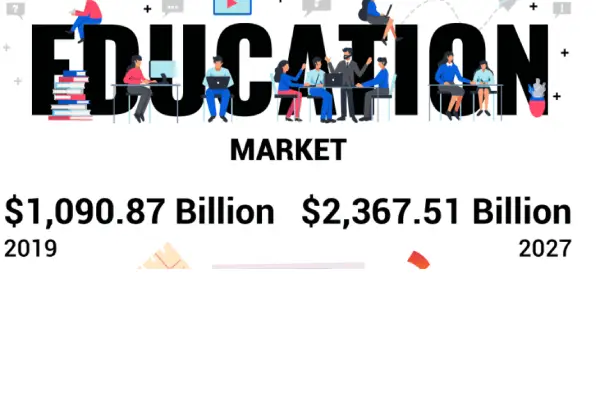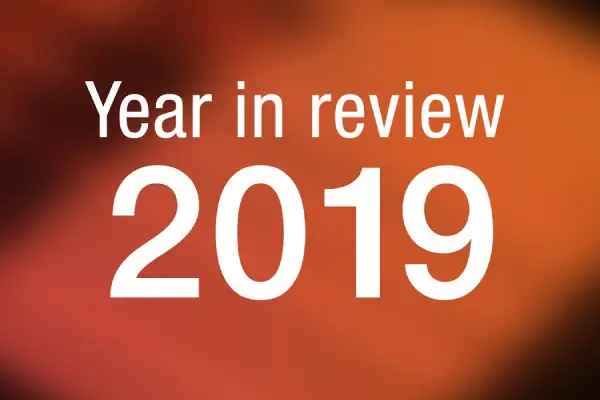Posted ByInterim Dean and Associate Professor Scott Richardson
Whilst the future for tertiary education remains optimistic, what is clear from the current crisis facing the sector is that tertiary education must change and develop to meet the rapidly evolving needs of learners and the industries in which graduates will work. There has been much written since March 2020, when the pandemic forced the majority of tertiary education institutions to shut the doors of their physical campuses and move the majority of classes online.
There are many future scenarios proposed by experts and we discuss many of the most pertinent trends that tertiary education will face in HEP805 Learning and Teaching. HEP805 is a core subject within HELI’s Graduate Certificate in Higher Education Academic Practice and Master of eLearning courses.
In their comprehensive report, Fortune Business Insights (2020) highlighted 6 main drivers and trends that they believe will change the face of tertiary education over the coming 5 years.
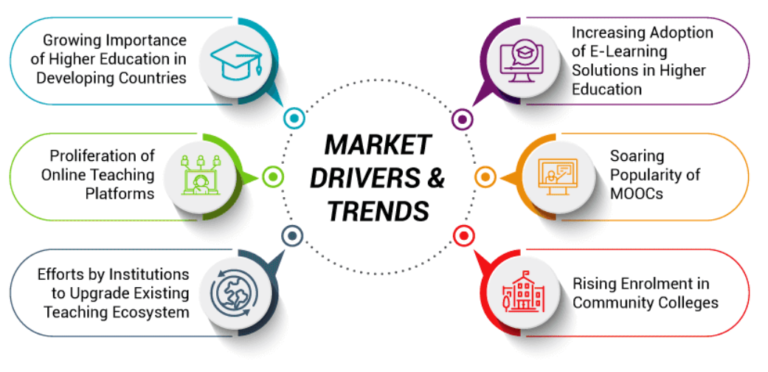
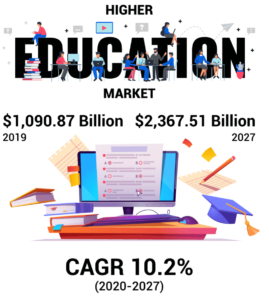
Images source: Fortune Business Insights (2020)
Kelly (2020) provides an overview of a more comprehensive list of trends that will shape the future of higher education that were identified in the 2020 EDUCAUSE Horizon Report: Teaching and Learning Edition. This report breaks these 15 trends down into 5 categories below.
Social Trends
- wellbeing and mental health
- demographic changes
- equity and fair practices
Technological Trends
- artificial intelligence
- next-generation digital learning environments
- analytics and privacy questions
Economic Trends
- cost of higher education
- future of work and skills
- climate change
Higher Education Trends
- changes in student population
- alternative pathways to education
- scalable online education
Political Trends
- decrease in higher education funding
- the value of education
- political polarisation
Please view either of the sources above for further detail on these trends.

